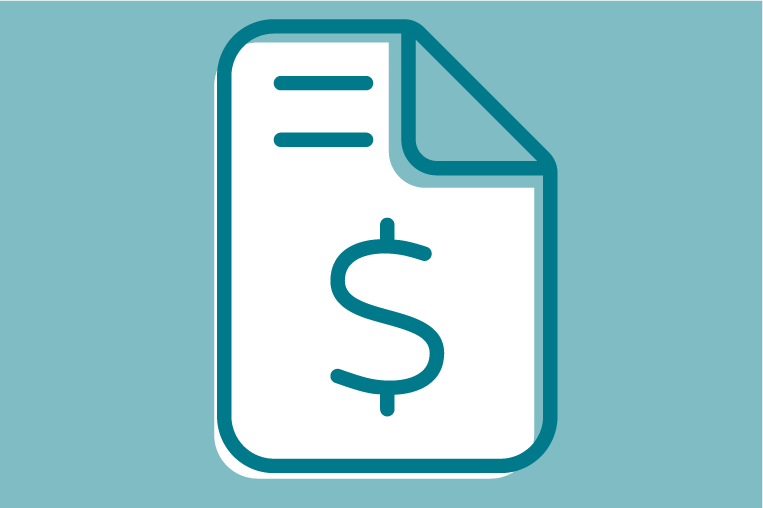GFI summary of the CE Delft TEA Corrigendum
In November of 2021, CE Delft issued a corrigendum for their report, “TEA of cultivated meat: Future projections for different scenarios.” The corrigendum corrects an error in the initial report, re-analyzes cost projections using food-grade soy hydrolysate, and adds further details that explain the assumptions that define food-grade processes in the report. Further details can be found in the corrigendum.

Summary of changes made in the corrigendum
An external reviewer of the TEA identified an error in the original report, namely that combining two scenarios of higher cell densities and larger cell volumes would result in the entire volume of the bioreactor being filled with cells—a scenario that would not be physically possible. To correct this error, the corrigendum no longer combines these two scenarios. This results in the low end of the modeled production cost changing from $5.66 per kilogram in the original report to $6.43 per kilogram in the corrigendum. All GFI materials that previously cited the $5.66 per kilogram figure have been updated to include this correction.
The corrigendum also analyzes how costs are affected by the use of a food-grade soy hydrolysate, as opposed to the animal feed-grade agricultural hydrolysate that was modeled in the original report. Modeling food-grade soy hydrolysate results in an increase in costs of $0.29 per kilogram for all scenarios that assume low cell culture media use.
Lastly, clarification for how food-grade processes are defined in the report is provided. Hygiene assumptions for food-grade processes are based primarily on aseptic aerobic precision food fermentation processes used to produce enzymes, food proteins, antibiotics, and amino acids that are used in the food industry.
Collectively, implementing these changes increases the low end of the modeled production costs for cultivated meat given the assumptions used in the report. However, they do not qualitatively change the conclusions of the original report, which suggests that there are reasonable paths for cost reduction to approach cost parity with some conventional meat product categories within a hypothetical facility of this scale.
The process of science
A key aspect of science is to present results to the scrutiny of others and update those results accordingly. The TEA corrigendum follows this method, resulting in an improved, more thorough analysis than the original report. We thank the external reviewers who notified the CE Delft team of the error and welcome additional feedback and scrutiny applied to other analyses funded by or conducted by GFI.
GFI’s summaries and commentary on the LCA/TEA reports
Our experts provide summaries of the LCA/TEA data in the resources below.





